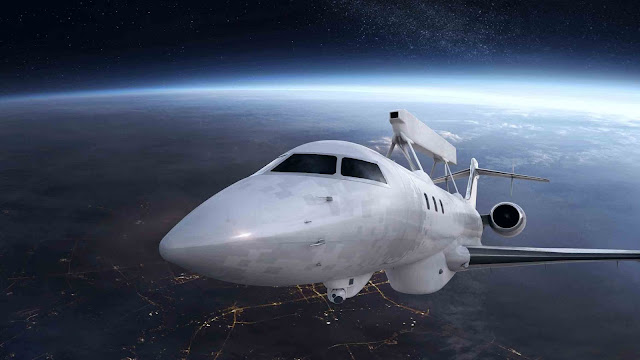WILL BOMBARDIER FACTOR IN DND'S REBUILDING?
 |
| Bombardier C-Series: Savior or a curse? |
Layoffs, less-than-hoped demand for the C-Series, and requests for bailouts have made headlines for the Canadian aerospace company. Some of the blame for this is directed at Bombardier's management practices. Bombardier utilized a two-tiered investment structure, in which shares owned by its two founding families (Bombardier and Beaudoin) are worth far more than shares available to the general public. Thanks to this, 13% of the shareholders enjoy a 54% of the voting power. Combined with Bombardier's niche position in the marketplace, investors are likely to think twice.
The question is: Do we let Bombardier fail?
Some may be tempted to let natural selection take its course. "Darwinism" and all that. Doing so would pretty much devastate Canada's aerospace industry, however. Canada would still have plenty of smaller firms like IMP Group, but we would no longer be a nation that actually builds aircraft. Thousands of jobs would be lost. Once lost, the capability of designing and building new aircraft would almost certainly be gone forever. A nation that once built a Mach 2 interceptor would not even be able to build a simple commuter jet.
Needless to say, this is not politically desirable.
It might be more tempting to leave Bombardier to its fate if it was a simple also-ran in the aerospace industry. Fortunately for Bombardier, it actually has a reputation for innovation.
 |
| The C-Series' 3+2 seating. |
Size-wise, the C-Series slots in between the smaller regional airliners like the Embraer E-Jets and larger airliners like the ubiquitous Airbus 320 and Boeing 737 families. It is clear that Bombardier is attempting to offer the best of both worlds: Seating space and range of a larger airliner at a operating price approaching smaller regional jets.
Innovation is not always selling point in the risk-averse airline industry, so it will remain to be seen whether or not the C-Series is a success or failure.
In the meantime, Canada's federal government will have to decide if Bombardier is worth bailing out. Keep in mind that the global aerospace industry is one of the most heavily subsidized industries in the world. Boeing itself is the biggest recipient of corporate welfare in the USA. Airbus is no stranger to government assistance, and the two aerospace giants have engaged in public relations battles over who gets unfairly subsidized more. One wonders how a small Canadian firm could compete against two aerospace giants subsidized by two of the world's largest economies (USA and the EU).
Oddly enough, part of Bombardier's salvation may come from some unexpected sources.
 |
| Saab GlobalEye AEW&C |
The GlobalEye AEW&C (airborne early warning and control) utilizes the Bombardier Global 6000 ultra-long range business jet. The Global 6000 is also in use as the basis for the Raytheon Sentinel as well as the USAF's E-11A.
 |
| Saab Swordfish MPA utilizing the Bombardier Global 6000 and Q400. |
On a personal note, this is very exciting. Not only is it nice to see a (partially) Canadian made maritime patrol aircraft again, but the RCAF will need a new MPA by 2030, and the Poseidon has already been deemed too expensive.
If the Global 6000 is too small to fulfill Canada's needs, there is always the possibility of scaling up the Swordfish system into the C-Series... Argus II, anybody?
Of course, the fact that Saab and Bombardier are collaborating opens up another possibility, possibly more...
 |
| Embraer KC-390 |
Saab has also partnered with the Brazilian aerospace company Embraer in its successful bid to build and sell Gripens in Brazil. Coincidently, Embraer has recently bid its new KC-390 as a contender for Canada's FWSAR program. This, of course, begs the question: Could we be seeing the beginnings of a more meaningful relationship between these firms?
It is certainly possible. Embraer has chosen to keep secret its Canadian-based partners for its FWSAR bid. Both Airbus (C-295) and Alenia (C-27J) have announced their Canadian partners, and neither of them included Bombardier. A Bombardier/Embraer partnership could be beneficial to both parties, with Bombardier helping to market the KC-390 and Embraer assisting with the C-Series.
While Bombardier, Saab, and Embraer have been rivals in the past, new competition like the Mitsubishi MRJ, Irkud MC-21, and Comac ARJ-21 may have encouraged them to adapt and diversify.
 |
| Crop-duster with attitude: Embraer's A-29 Super Tucano |
With the giant defense contractors pricing themselves out of the lower end of the market, perhaps the time is right for smaller firms to make offerings for those nations with limited military budgets.



Comments
Post a Comment